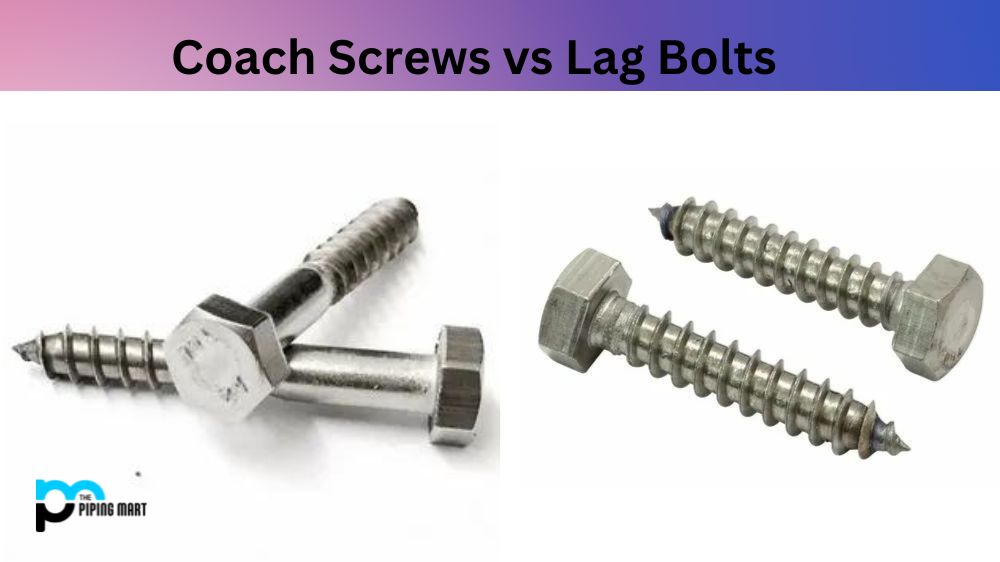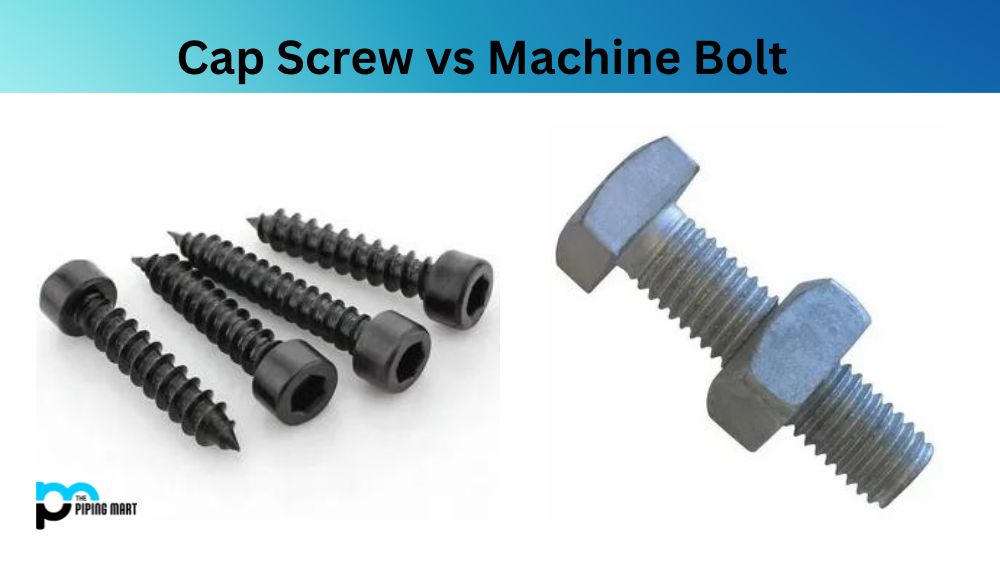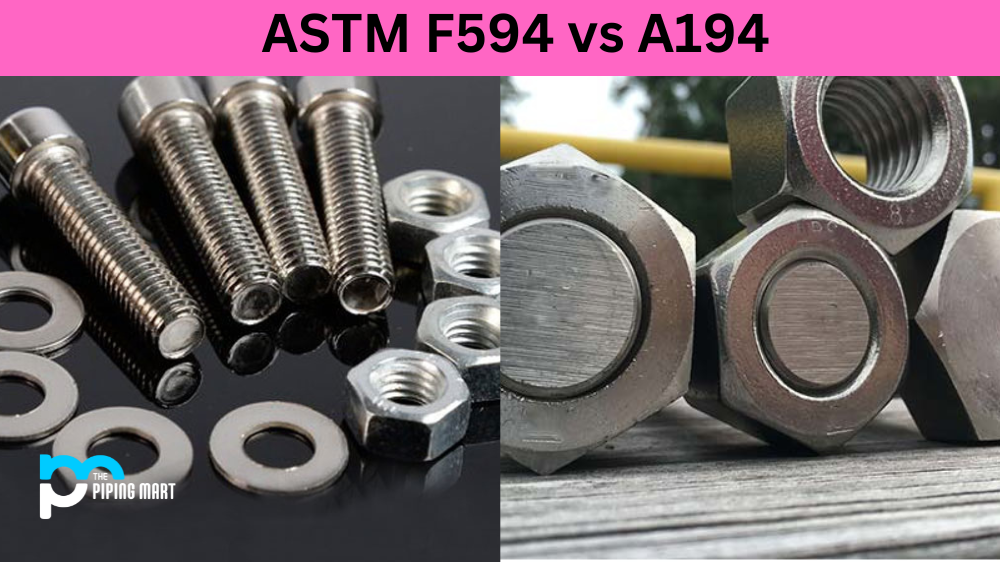Coach screws and lag bolts are two fasteners often used in woodworking and construction projects. Although these terms are often used interchangeably, they refer to two different types of screws, each with their own unique characteristics and uses. In this blog post, we will discuss the differences between coach screws and lag bolts so that you can choose the best fastener for your next project.
What is Coach Screw?
A coach screw is a type of large-diameter wood screw with a square-shaped head and an externally threaded shaft that can be used for fastening heavier materials such as timber. The threads can penetrate even hardwood, making them ideal for securing beams and joists in carpentry projects. They require holes slightly larger than their diameter to be easily driven into the surface. Coach screws are available in various galvanized finishes that provide excellent resistance against corrosion when used outdoors.
What is Lag Bolt?
A lag bolt (sometimes called a lag screw) is a fastener commonly used in construction and carpentry projects. It is characterized by its large head and threaded shaft designed to securely secure heavy materials, such as wood beams. Lag bolts may be made from either steel or stainless steel. They come in varying sizes and lengths, allowing for their use in many applications across the home improvement industry.
Difference Between Coach Screw and Lag Bolt
Composition:
One of the main differences between coach screws and lag bolts is their composition. Coach screws are typically made of hardened steel or brass, while lag bolts are usually made of stainless steel, carbon steel, or zinc-plated steel. In general, coach screws are more durable and resistant to corrosion, while lag bolts are better suited for outdoor applications.
Thread:
Another key difference between coach screws and lag bolts is their thread pattern. Coach screws have a continuous thread that runs along the entire length of the screw, while lag bolts have a partially threaded shaft and a large, flat head. The thread on a coach screw is designed to provide a strong grip on wood and other materials, while the partially threaded shaft on a lag bolt allows for a more secure attachment to the material.
Head:
The shape and size of the head is another important factor to consider when choosing between coach screws and lag bolts. Coach screws typically have a hexagonal head, which allows them to be tightened with a socket wrench or spanner. Lag bolts, on the other hand, have a round or square head that can be tightened with a wrench or pliers. The larger head on a lag bolt also provides a larger bearing surface, which can help to distribute the load more evenly.
Application:
Ultimately, the choice between coach screws and lag bolts will depend on the application. Coach screws are often used in furniture construction and other indoor applications requiring a strong, permanent hold. Lag bolts, on the other hand, are often used in outdoor projects such as deck building or landscaping, where they are exposed to moisture and other weather conditions. Lag bolts are also commonly used for attaching heavy objects to wood, such as large machinery or structural beams.
Length:
Finally, it is worth noting that coach screws are typically available in shorter lengths than lag bolts. While coach screws can be found in lengths up to around 200mm, lag bolts are available in lengths up to around 500mm. This makes lag bolts a better choice for larger projects or thicker pieces of wood.
Conclusion:
In conclusion, coach screws and lag bolts are both essential components of any woodworking or construction project, but they each have unique characteristics and uses. Coach screws are more durable and resistant to corrosion, making them a better choice for indoor applications, while lag bolts are better suited for outdoor projects and heavy-duty applications. By understanding the differences between these two types of fasteners, you can choose the right one for your next project and ensure that it is strong and secure.

Hey, I’m Krutik, a casual blogger expert in the metal industry. I am passionate about providing valuable information to my readers. With a background in engineering and construction, I like playing Cricket & watching Netflix shows in my free time. Thank you for visiting my blog, and I hope you find my information helpful!




